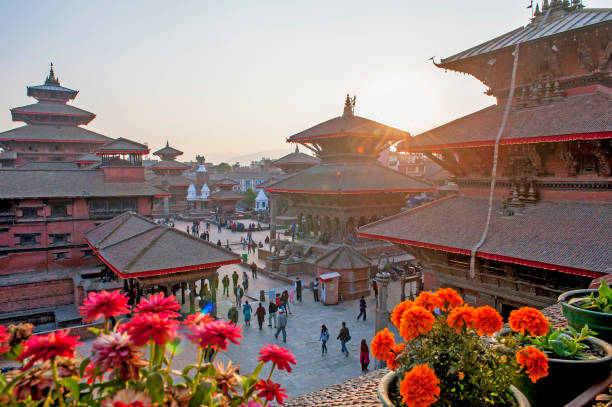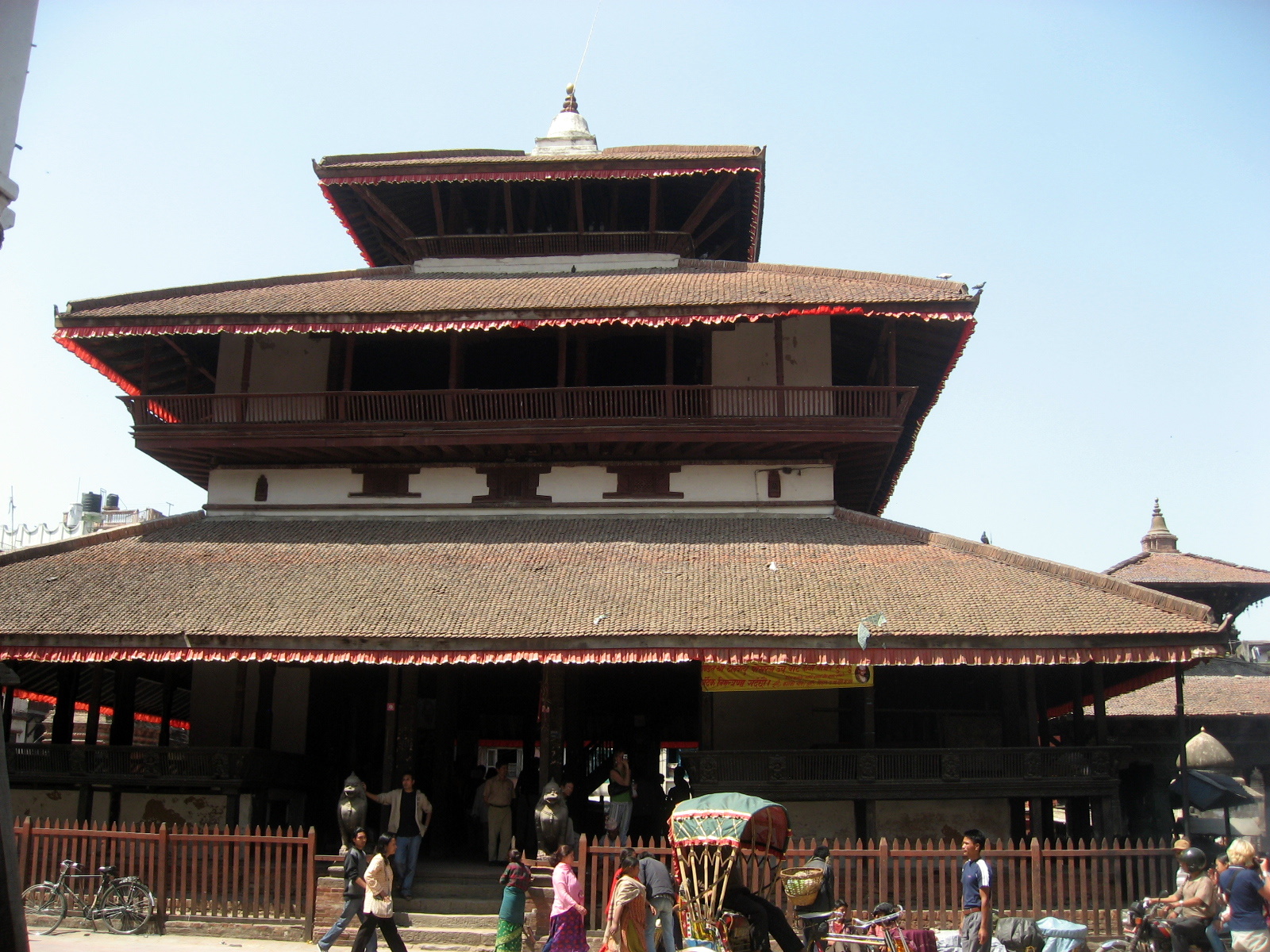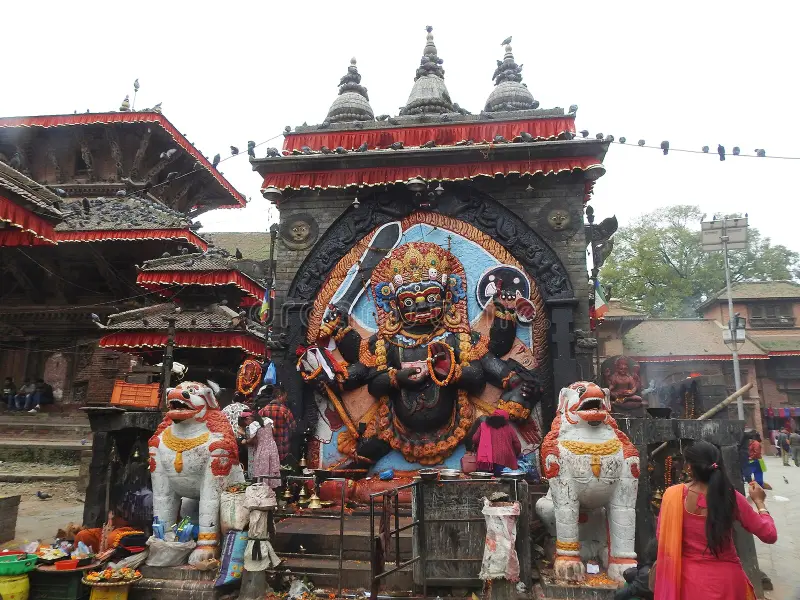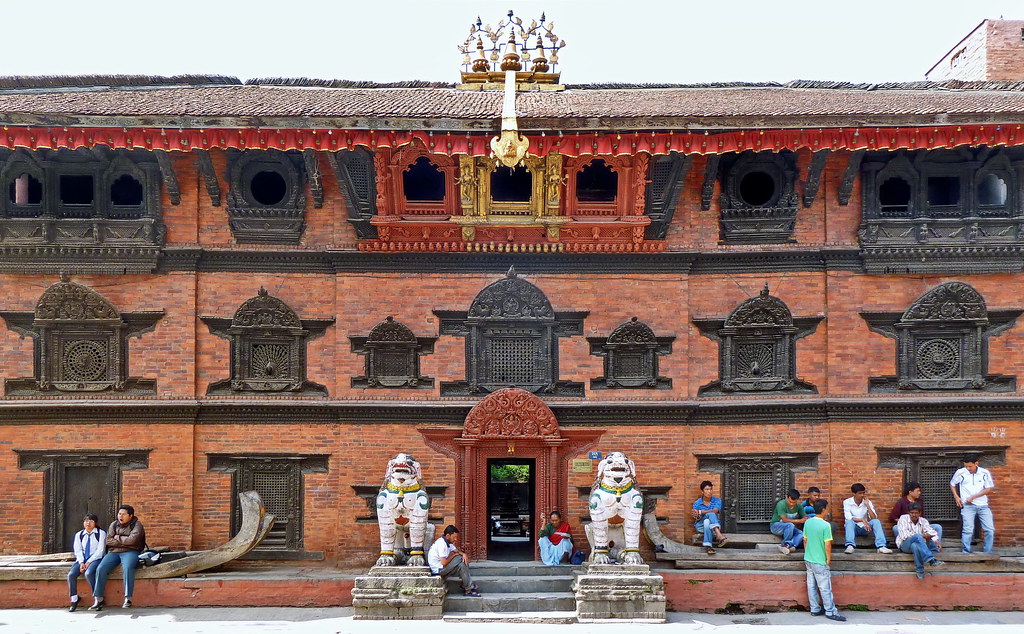Kathmandu Durbar Square: Complete Guide to Nepal's Royal Historic Site
Introduction: The Heart of Ancient Kathmandu
Kathmandu Durbar Square (Hanuman Dhoka Durbar Square) stands as the historic and spiritual epicenter of Nepal's capital city. This UNESCO World Heritage Site (designated 1979) served as the royal palace for the Malla and Shah kings who ruled Nepal for centuries. More than just an architectural wonder, the square remains a vibrant hub where history, religion, and daily life intersect.

Historical Timeline: From Ancient Foundations to Modern Times
Early Beginnings (Pre-12th Century)
The site's history traces back to Licchavi period (300-879 AD)
Earliest existing structures date to 12th century during the reign of King Gunakamadeva
Established as capital city "Kathmandu" in the 10th century
Malla Dynasty Golden Age (12th-18th Century)
King Ratna Malla (1484-1520) built the first royal palace here
Pratap Malla (1641-1674) added major temples and monuments
Square reached architectural zenith under Bhupatindra Malla (1696-1722)
Shah Dynasty Era (1768-2008)
Prithvi Narayan Shah conquered Kathmandu in 1768
Remained royal palace until Narayanhiti Palace became new residence in 1886
Last coronation: King Gyanendra in 2001
Modern Period
Severely damaged in 2015 earthquake (several temples collapsed)
Ongoing restoration efforts by Department of Archaeology
Still functions as ceremonial center during festivals
Architectural Marvels: A Tour of Key Structures
1. Hanuman Dhoka Palace Complex
Name Origin: Statue of Hanuman (monkey god) guards entrance
Construction Period: 4th century onwards with major additions in 17th century
Notable Sections:
Nasal Chowk: Coronation courtyard with erotic carvings
Basantapur Tower: 9-story palace section
Tribhuvan Museum: Showcasing royal artifacts
2. Kumari Ghar (House of Living Goddess)
Unique Feature: Home of Kumari, Nepal's living child goddess
Architecture: Exquisitely carved 18th-century Newari building
Tradition: Pre-pubescent girls selected through rigorous tests
Viewing: Kumari appears at windows; photography prohibited
3. Maju Deval

What Makes It Special: 9-tiered pagoda dedicated to Shiva
Built By: Queen Riddhi Laxmi in 1690
Famous For: Grand staircase perfect for people-watching
Current Status: Reconstructed after 2015 earthquake damage
4. Kasthamandap

Legendary Origin: Built from single sal tree in 12th century
Cultural Significance: Believed to give Kathmandu its name
2015 Earthquake: Completely destroyed, reconstruction ongoing
5. Kal Bhairav Statue

Deity: Fierce manifestation of Shiva (5 meters tall)
Historical Role: Ancient supreme court (oaths taken before it)
Mystery: Discovered buried during 17th century construction
Religious and Cultural Significance
Living Traditions
Daily Rituals: Morning puja at Taleju Temple
Festivals:
Indra Jatra (September): Kumari procession
Dashain: Animal sacrifices at Kal Bhairav
Bisket Jatra (New Year): Chariot procession
Architectural Style
Newari Craftsmanship: Intricate wood carvings
Pagoda Design: Multi-tiered roofs with golden toranas
Materials: Red brick, carved wood, gilded metals
Visitor Information
Getting There
Location: Central Kathmandu near Thamel
Entrance Fee:
Foreigners: 1,000 NPR (~$8.50)
SAARC: 150 NPR
Hours: 7:00 AM - 7:00 PM (Temples close earlier)
Guided Tour Tips
Best Time: Early morning (fewer crowds, better light)
Recommended Guides: Licensed guides available at entrance
Photography: Permitted (except Kumari interior)
Nearby Attractions
Freak Street (Hippie hangout in 1960s-70s)
Asan Tole (Historic market square)
Thamel (Tourist hub with shops/cafés)
Preservation Challenges
2015 Earthquake Impact
Destroyed: Kasthamandap, Maju Deval, several others
Damaged: Nine-story Basantapur Tower, many temples
Restoration Progress: 60% completed as of 2023
Ongoing Threats
Urban Encroachment: Modern buildings disrupting heritage zone
Pollution: Vehicle emissions damaging centuries-old carvings
Funding: Limited resources for proper conservation
Why Kathmandu Durbar Square Matters Today
"More than just stone and wood, the square represents Nepal's living history. When you walk through it, you're stepping into a story that began over a thousand years ago and continues to unfold daily through rituals, festivals, and the lives of locals who still consider this their community center." - Dr. Sanjay Adhikari, Nepali Historian
Conclusion: A Timeless Treasure
Kathmandu Durbar Square remains Nepal's most significant historical site, offering visitors:
Architectural wonders spanning 10 centuries
Living cultural traditions unchanged for generations
Spiritual energy from active temples and shrines
Direct connection to Nepal's royal past
While restoration continues post-earthquake, the square's essence persists—a testament to Nepali resilience and cultural pride. For travelers, it offers an unparalleled immersion into authentic Newari culture and Himalayan history
Discussion (20)
Nice blog I like it

